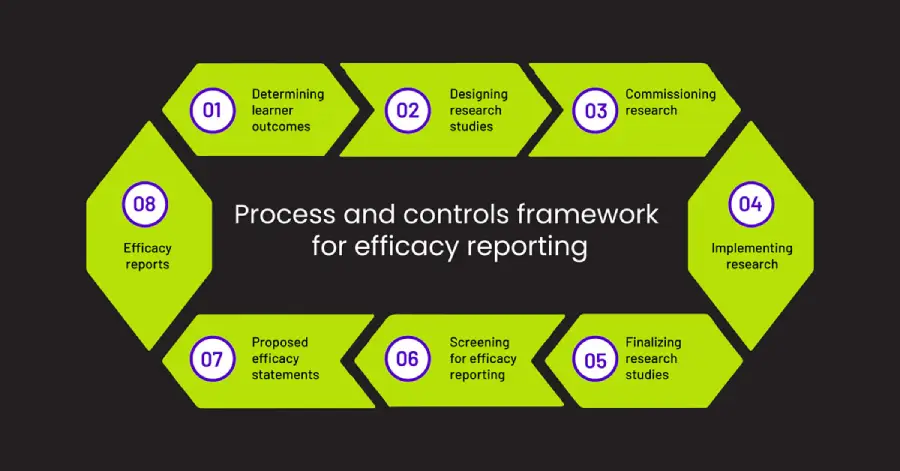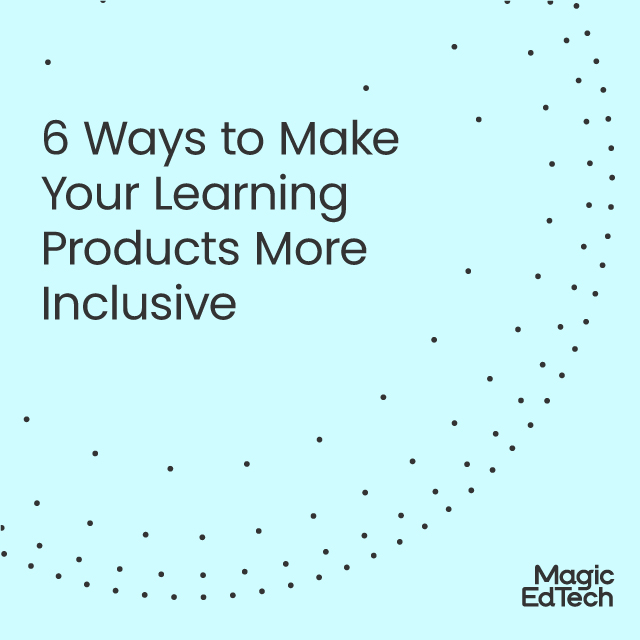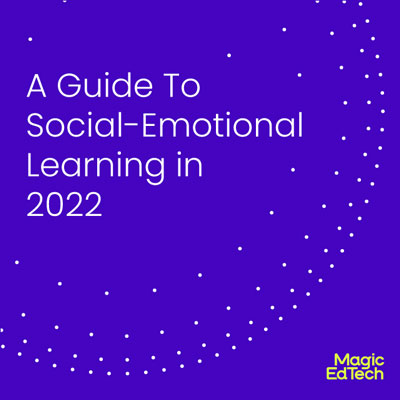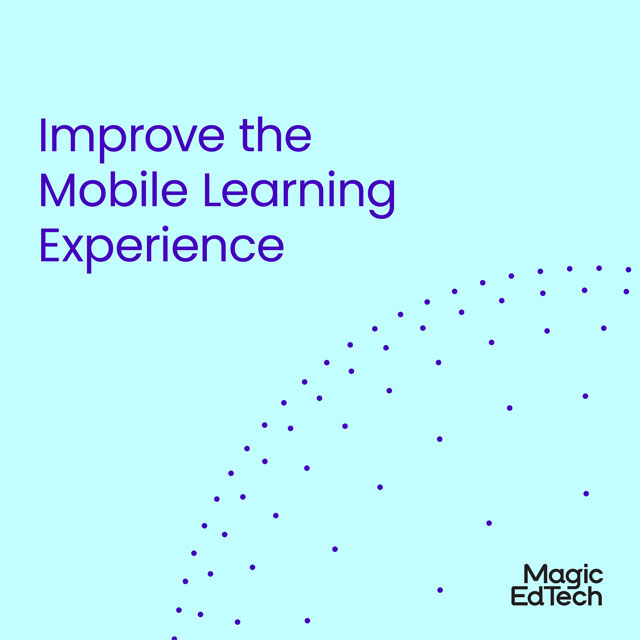How Efficacy Reports Can Help Differentiate Your Learning Products and Platforms.
- 4 March, 2022
- Reading Time: 4 minutes
There are increasingly two common questions that school leaders ask when seeking out new products and services: Do you have the end results, as well as the facts and figures of the efficacy research? And, can you prove to me that your product will improve student learning and user experience? The development of efficacy reports comes into play when edtech product developers need to answer these questions.
How is Efficacy Reporting defined?
Efficacy reports summarize how the design and usage patterns of learning apps assist students and teachers. For example, an efficacy report can show school administrators how the application is improving learning outcomes. This can be accomplished through the use of analytical reporting.
The exam results of students, broken down by subject, can be presented to the administrator for analysis. Peer comparison aids administrators in evaluating the overall progress in student performance and determining what steps can be made to improve student learning outcomes.
Efficacy Report and Learning Metrics
Here are a few things to keep in mind when designing efficacy reports and finalizing dashboard metrics:
- Research turnaround time plays an important role in efficacy reporting. The research must be conducted effectively and efficiently, and the results must be made available to school administrators as soon as possible so that they may decide whether or not the product is worth purchasing.
- The information that will make the most sense to your target audience of students, teachers, and administrators must be included in the reporting process and metrics utilized to create the dashboard graphics.
- Historical data analysis is pivotal in efficacy reporting. Year-by-year dashboard reporting helps in gaining insights and examining how the application has improved the results of students over time.
Why are Learning Efficacy Reports Important?
Efficacy reports aid the education industry’s marketing strategy and sales outreach by providing customers with relevant facts and efficacy claims of the learning product. This makes the decision-making easy for the buyers, especially when there are many competitive products available in the market. Through efficacy reports, you can achieve the following goals:
- Boost brand awareness in the market by providing customers with relevant efficacy claims along with other important product information.
- Establish transparency between the buyer and seller. Product efficacy helps in earning trust and credibility among all types of users.
- Creating a feedback channel to discuss areas of the learning applications to be improved upon and thus making educators feel more secure and engaged.
- Insights that assist the management in deciding what type of changes are required in various verticals.
- Increased sales and product revenue through an improved decision-making process for buyers and sellers.
As the market for learning products in the education sector becomes more competitive, schools and colleges must closely examine and compare efficacy claims when selecting new learning products for their audiences to achieve enhanced learning outcomes.
What Technologies Can Assist with the Development of Efficacy Reports?
xAPI statements play a key role in collecting transactional data from the learning application and storing it in the Learning Record Store (LRS), which can then be used for historical analysis.
Many EL(T) tools like Airbyte, Apache Airflow, and even custom frameworks are employed to transfer data from one database to another. These tools give users the ability to transform data in the target database based on the analytical requirement after it has been loaded. Tools like DBT are ideal for transformation because it operates on a wide range of databases, including Snowflake, Bigquery, Mysql, Clickhouse, and others.
For reporting needs, we use tools like Apache Superset, Tableau and Power BI. Platforms like Cube Js and Cube can even be used to create custom visualizations.
Effective Strategies for Efficacy Reporting
The following is an example of the steps involved in generating an efficacy report:
In Conclusion
The number of learning products available in the market is increasing day by day. Each learning product makes claims – either explicitly or implicitly – that using it will improve one or more of the desired learning outcomes. Unfortunately, the evidence to back up these statements is often lacking. One reason for this could be that the education industry has not devoted enough attention to the development of efficacy arguments and frameworks. This is no longer the case, as efficacy reporting and research are increasingly receiving the attention they deserve. Efficacy reporting has shown to be a major part of the education sector, and it is increasingly being used to help people decide whether or not to acquire a learning product.







